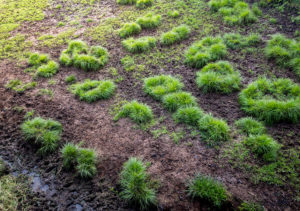
Golf courses are a special animal. On the one hand, it's a sport built in nature, designed to be played on long, emerald fairways. Golfers appreciate the natural elements - the grass, the sand, the water - it is vital to the art of the game. On the other hand, while golfers are dependent on nature to play their sport, they need that nature to be curated and controlled and nature tends to fight back. One of nature's strongest armies are weeds. Course managers are waging constant battle on these persistent threats, often with chemical warfare, which can run contrary to a deep appreciation of nature. But, new research is showing nature may be able to fight itself in the form of fescue.
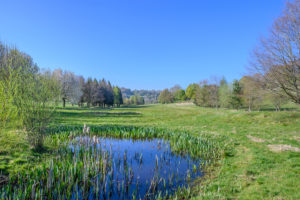 It's been a hell of a year, and it's only June. It's likely to be rough for awhile. Courses across the US were shut down as early as March, and only in the last month have slow streams of players been allowed back on, and with stringent restrictions. No golfers means no revenue and boards are tightening the purse strings for supers. The problem is, if you want a viable course when players are back in full swing, you can't just stop maintaining it for a couple months. But, we've been here before. We learned some valuable lessons in 2009 and these are five important takeaways on what you can, and what you can't, sacrifice in a time like this.
It's been a hell of a year, and it's only June. It's likely to be rough for awhile. Courses across the US were shut down as early as March, and only in the last month have slow streams of players been allowed back on, and with stringent restrictions. No golfers means no revenue and boards are tightening the purse strings for supers. The problem is, if you want a viable course when players are back in full swing, you can't just stop maintaining it for a couple months. But, we've been here before. We learned some valuable lessons in 2009 and these are five important takeaways on what you can, and what you can't, sacrifice in a time like this.

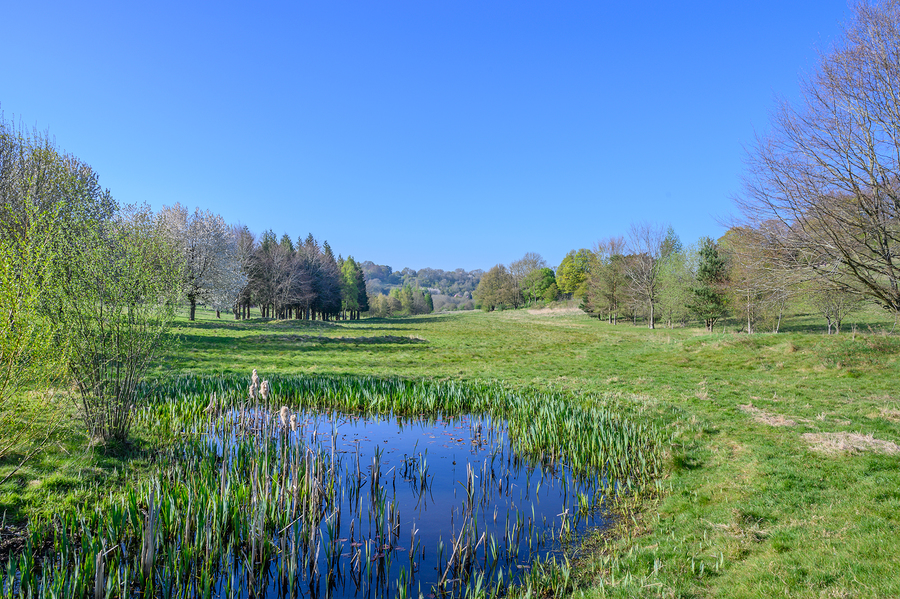

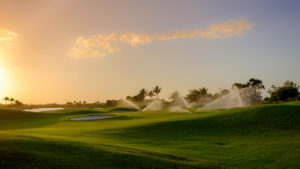 For golf course superintendents, the number one priority is to provide golfers with the best possible playing conditions. And as we all well know, that is no easy feat especially when it comes to turf management. Your course’s irrigation system plays a huge part in that. The challenge lies in the fact that it is probably the most expensive investment on a golf course but it can have the biggest impact. When considering making upgrades to your course’s irrigation system, it’s important to understand what’s really involved. Here’s a glimpse at the reality.
For golf course superintendents, the number one priority is to provide golfers with the best possible playing conditions. And as we all well know, that is no easy feat especially when it comes to turf management. Your course’s irrigation system plays a huge part in that. The challenge lies in the fact that it is probably the most expensive investment on a golf course but it can have the biggest impact. When considering making upgrades to your course’s irrigation system, it’s important to understand what’s really involved. Here’s a glimpse at the reality. 
 There are plenty of frustrating moments on the golf course. For players, when a drive lands in a water hazard, a green is misread, or a heavy rainstorm hits in the middle of a great round can all send them over the edge. For golf course supers, when equipment breaks down right before a major tournament, a greens committee micromanages your work, or turf that just won’t cooperate are examples of the frustration we face every day. Like everything in life, some things are out of a manager’s control and it comes with the job. But other problems, like spring dead spot popping up, are manageable.
There are plenty of frustrating moments on the golf course. For players, when a drive lands in a water hazard, a green is misread, or a heavy rainstorm hits in the middle of a great round can all send them over the edge. For golf course supers, when equipment breaks down right before a major tournament, a greens committee micromanages your work, or turf that just won’t cooperate are examples of the frustration we face every day. Like everything in life, some things are out of a manager’s control and it comes with the job. But other problems, like spring dead spot popping up, are manageable. 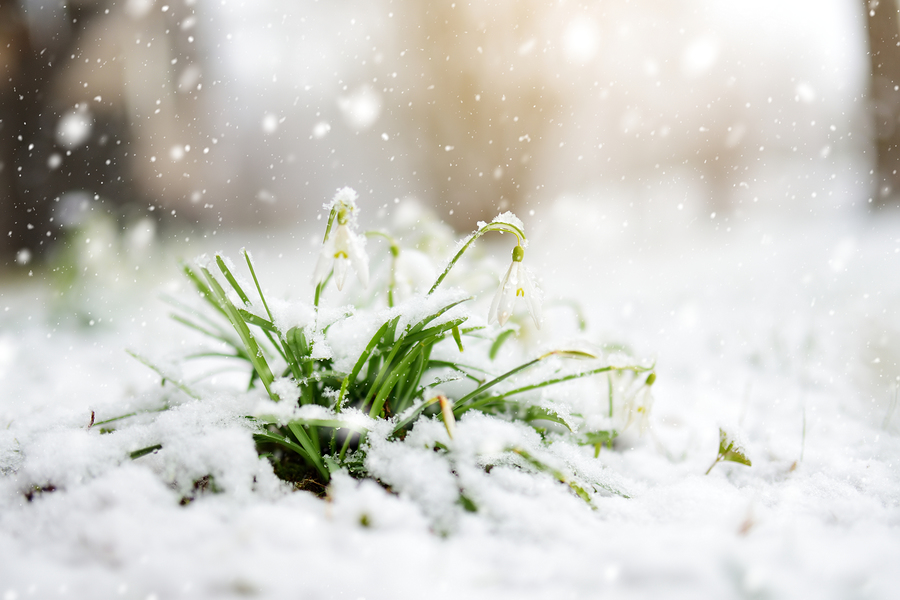
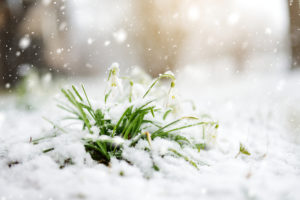 We're approaching that time of year when the golfers are getting twitchy. It's up to you - seasoned course superintendent - to stay strong in the face of pressure and not let those polo-shirted pushers force you to open a course before the time is right.
We're approaching that time of year when the golfers are getting twitchy. It's up to you - seasoned course superintendent - to stay strong in the face of pressure and not let those polo-shirted pushers force you to open a course before the time is right.
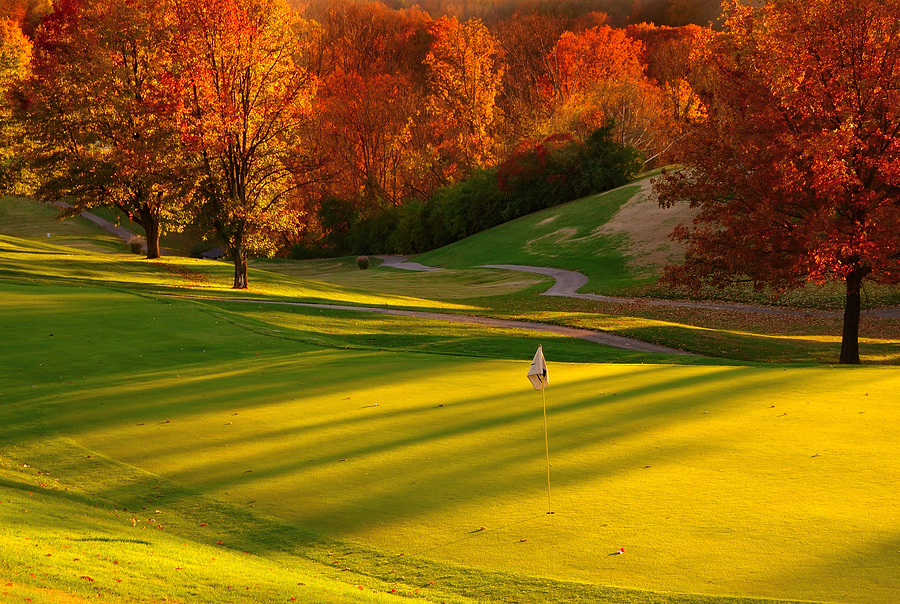
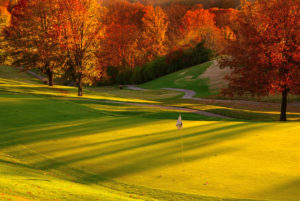 Golf Course Superintendents aim to create an amazing experience on the course, with lush greens, pristine sand traps, and healthy soil for better landscaping. But a common hurdle many supers face is working within their budget. Many managers have to look at what’s necessary and what’s not, which means cutting costs, like rescheduling aeration, skipping topdressing and scaling back landscaping. It’s hard to do more with less!
Golf Course Superintendents aim to create an amazing experience on the course, with lush greens, pristine sand traps, and healthy soil for better landscaping. But a common hurdle many supers face is working within their budget. Many managers have to look at what’s necessary and what’s not, which means cutting costs, like rescheduling aeration, skipping topdressing and scaling back landscaping. It’s hard to do more with less!
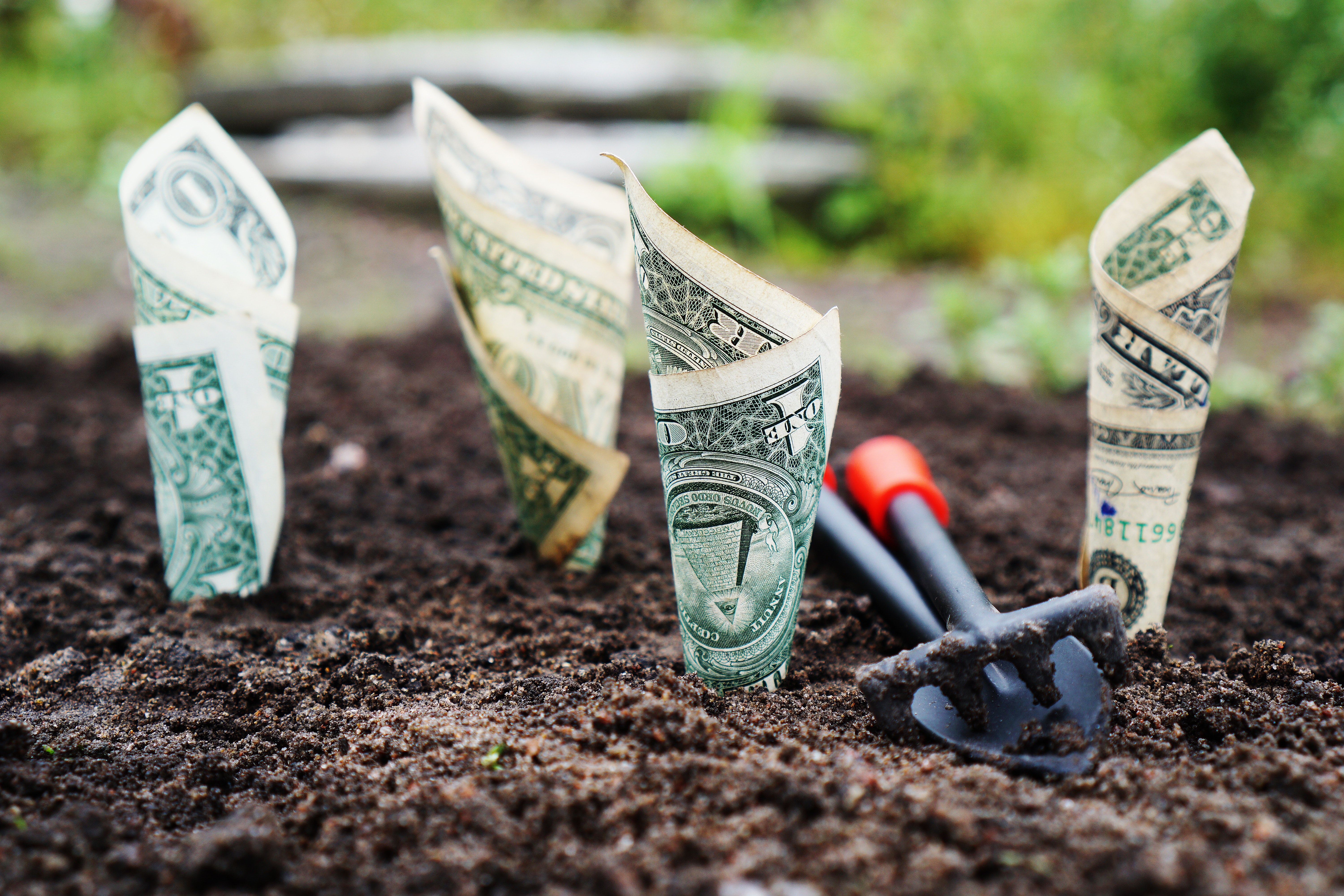
 As a superintendent it can be frustrating to have ideas about how things should be done to make things better and not have that vision shared by the people who make the budget decisions. You’re the boots on the ground and can see what’s happening every day, but these things aren’t always as obvious to the people who are making the financial decisions. Here are some guidelines to help in presenting your proposed budget requests and getting them approved.
As a superintendent it can be frustrating to have ideas about how things should be done to make things better and not have that vision shared by the people who make the budget decisions. You’re the boots on the ground and can see what’s happening every day, but these things aren’t always as obvious to the people who are making the financial decisions. Here are some guidelines to help in presenting your proposed budget requests and getting them approved. 
 Summer weather can be an enormous challenge to your golf course maintenance. The stress on your turf can be brutal- here are some cultural and mechanical tips that can help you survive the summer heat and thrive throughout the year. Conditions can be brutal due to the high heat and humidity we often see. Excessive stress can cause turf decline that can affect playing conditions. Being proactive with your actions can help minimize stress and maximize play.
Summer weather can be an enormous challenge to your golf course maintenance. The stress on your turf can be brutal- here are some cultural and mechanical tips that can help you survive the summer heat and thrive throughout the year. Conditions can be brutal due to the high heat and humidity we often see. Excessive stress can cause turf decline that can affect playing conditions. Being proactive with your actions can help minimize stress and maximize play.
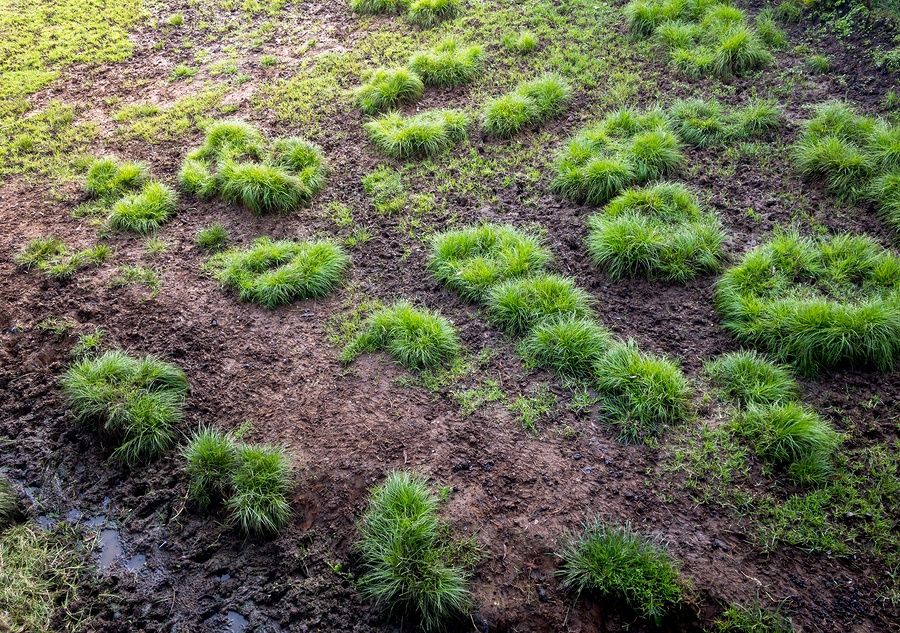
 Golf courses are a special animal. On the one hand, it's a sport built in nature, designed to be played on long, emerald fairways. Golfers appreciate the natural elements - the grass, the sand, the water - it is vital to the art of the game. On the other hand, while golfers are dependent on nature to play their sport, they need that nature to be curated and controlled and nature tends to fight back. One of nature's strongest armies are weeds. Course managers are waging constant battle on these persistent threats, often with chemical warfare, which can run contrary to a deep appreciation of nature. But, new research is showing nature may be able to fight itself in the form of fescue.
Golf courses are a special animal. On the one hand, it's a sport built in nature, designed to be played on long, emerald fairways. Golfers appreciate the natural elements - the grass, the sand, the water - it is vital to the art of the game. On the other hand, while golfers are dependent on nature to play their sport, they need that nature to be curated and controlled and nature tends to fight back. One of nature's strongest armies are weeds. Course managers are waging constant battle on these persistent threats, often with chemical warfare, which can run contrary to a deep appreciation of nature. But, new research is showing nature may be able to fight itself in the form of fescue. 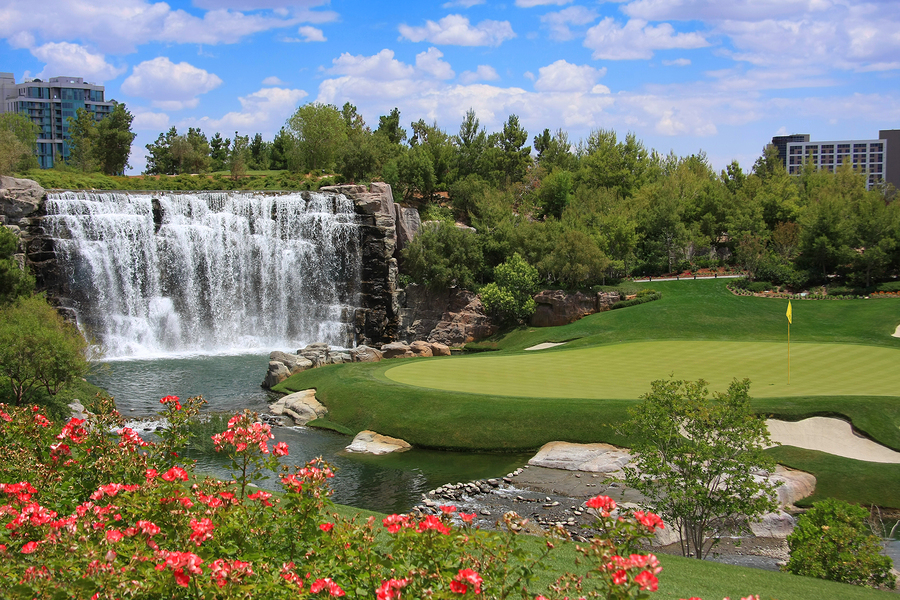
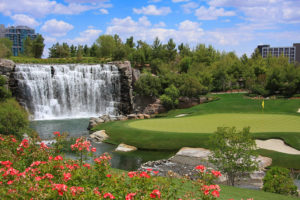 Naturalized areas can provide a great complement to a well-groomed course. Whether it's a field of wheatgrass or wildflowers, the stark contrast of intensely managed greens set against of field of native plants can leave quite an impression. I'm not suggesting we just let nature do its thing - which can lead to major weed management issues - but, controlled natural environments will help amp up the experience of your field. Here I outline some recommendations to incorporate native plants into your landscape.
Naturalized areas can provide a great complement to a well-groomed course. Whether it's a field of wheatgrass or wildflowers, the stark contrast of intensely managed greens set against of field of native plants can leave quite an impression. I'm not suggesting we just let nature do its thing - which can lead to major weed management issues - but, controlled natural environments will help amp up the experience of your field. Here I outline some recommendations to incorporate native plants into your landscape. 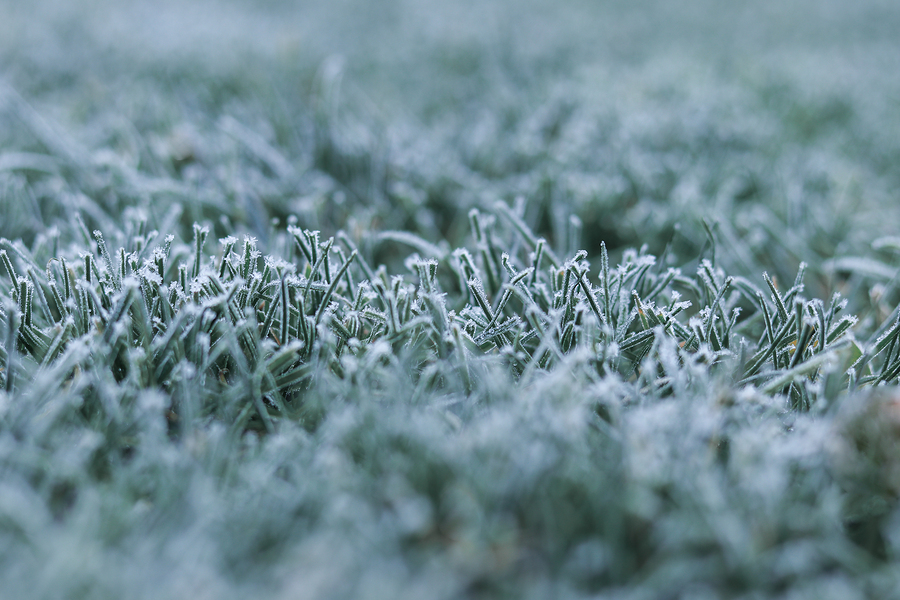
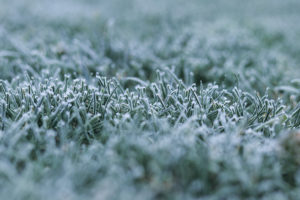 Temperatures this week have been a bit... extreme in the Northern US, in case you haven't noticed. There are endless news reports about the impact these temps are having on people, travel, and every other thing, but I can't help but think to Spring and what this dramatic cold snap will do to my clients' courses across the Northeast. While cold weather can do some good, like killing off all the crabgrass, Winter Kill can cause major headaches for turf managers. I thought I'd talk a bit about what it is, how to help prevent it (not this year!), and how to recover from it.
Temperatures this week have been a bit... extreme in the Northern US, in case you haven't noticed. There are endless news reports about the impact these temps are having on people, travel, and every other thing, but I can't help but think to Spring and what this dramatic cold snap will do to my clients' courses across the Northeast. While cold weather can do some good, like killing off all the crabgrass, Winter Kill can cause major headaches for turf managers. I thought I'd talk a bit about what it is, how to help prevent it (not this year!), and how to recover from it.